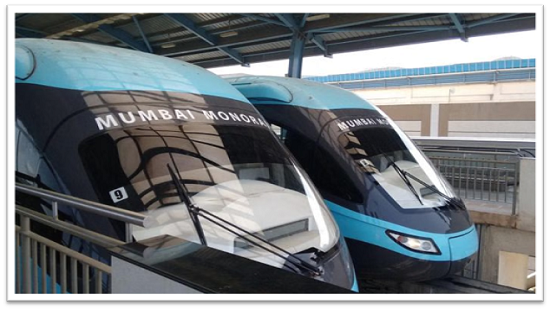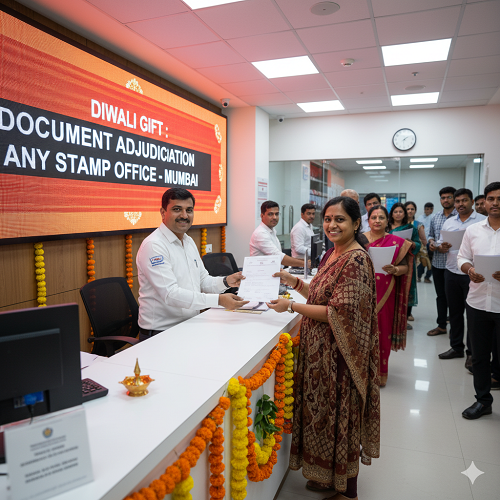
Mumbai Monorail Services Temporarily Suspended for Overhaul: A Step Toward Reliability and Safety
The Mumbai Monorail, once hailed as a symbol of modern urban mobility, is entering a crucial phase in its journey. After years of battling recurring technical challenges and low ridership, the Mumbai Metropolitan Region Development Authority (MMRDA) has announced a temporary suspension of services to undertake a comprehensive system overhaul. While this may appear as another setback for the city’s first monorail corridor, it also signals a much-needed reset—one that prioritizes safety, operational reliability, and long-term sustainability.
Urban transport systems worldwide often encounter teething problems in their early decades. From New York’s subway to London’s underground, infrastructure modernization has historically required bold decisions to pause, reassess, and relaunch. Mumbai’s decision to suspend the monorail is less about retreat and more about building a stronger foundation for future mobility. The move underscores a leadership commitment to safety, efficiency, and accountability—principles that will ultimately determine whether the monorail evolves from being seen as a “white elephant” to becoming a reliable part of Mumbai’s transport mix.
Overhaul Plan: New Rakes, Safety Inspections, and a High-Level Committee
The overhaul plan is centered around introducing new rakes and subjecting the corridor to rigorous safety inspections by the Commissioner of Metro Rail Safety before reopening. This marks the second major suspension in the system’s history, the first being a nine-month shutdown following a fire incident near Mysore Colony station in 2017. Learning from past experiences, the MMRDA has set up a high-level committee to recommend systemic improvements aimed at reducing technical failures and improving passenger confidence. These proactive steps reflect a maturing governance framework that is beginning to confront challenges with transparency and forward planning.
Financial Pressures and the Case for Strategic Reset
Financially, the monorail continues to be under pressure, with projected losses of nearly ₹529 crore in FY 2023–24. Yet, the decision to address reliability issues head-on rather than let inefficiencies accumulate is an important strategic pivot. Public transport infrastructure is rarely profitable in the early years; instead, its value is measured in connectivity, environmental benefits, and the opportunities it creates for inclusive growth. If the overhaul succeeds in restoring confidence, the monorail can gradually move closer to its original ridership target of 100,000 passengers daily, compared to the current 18,000.
Learning Curve of Urban Transport in India
The Mumbai Monorail’s trajectory also mirrors the broader challenges of urban India’s transport experiments. Grand projects often face criticism, particularly when early expectations clash with ground realities. However, what distinguishes resilient cities is their ability to course-correct. Mumbai’s ongoing efforts—whether through expanding the metro network, modernizing suburban trains, or revamping the monorail—are shaping a multi-modal ecosystem that is far more integrated than a decade ago. A temporary halt in monorail services must therefore be seen not as failure but as part of the learning curve toward building an urban transport system worthy of one of the world’s most dynamic cities.
Looking Ahead: From Setback to Sustainable Future
Looking ahead, the test will be in execution: whether new rakes, safety clearances, and committee recommendations translate into sustained reliability on the ground. If successful, the monorail can shed its tag of underperformance and position itself as a supplementary link in Mumbai’s transport chain—one that supports last-mile connectivity, reduces congestion, and offers citizens a greener alternative. By choosing the harder path of reform over the easier one of neglect, the MMRDA has sent a message that Mumbai’s urban mobility future will be shaped not by temporary setbacks but by the resolve to keep improving.




